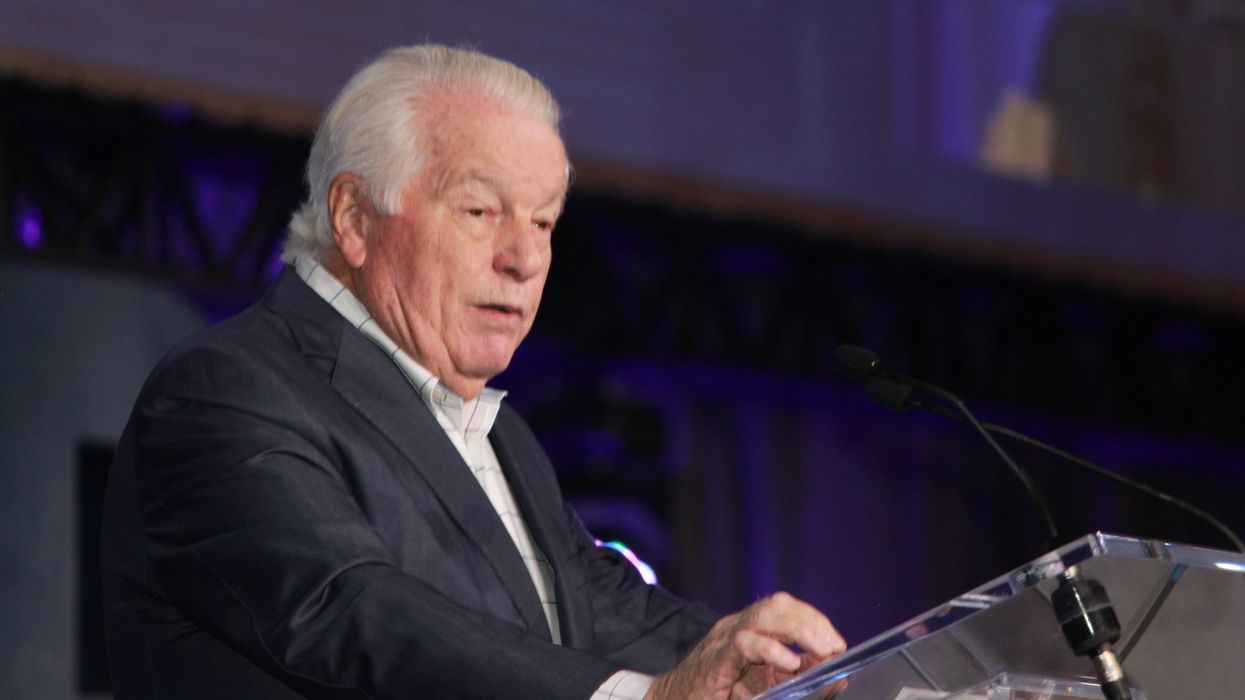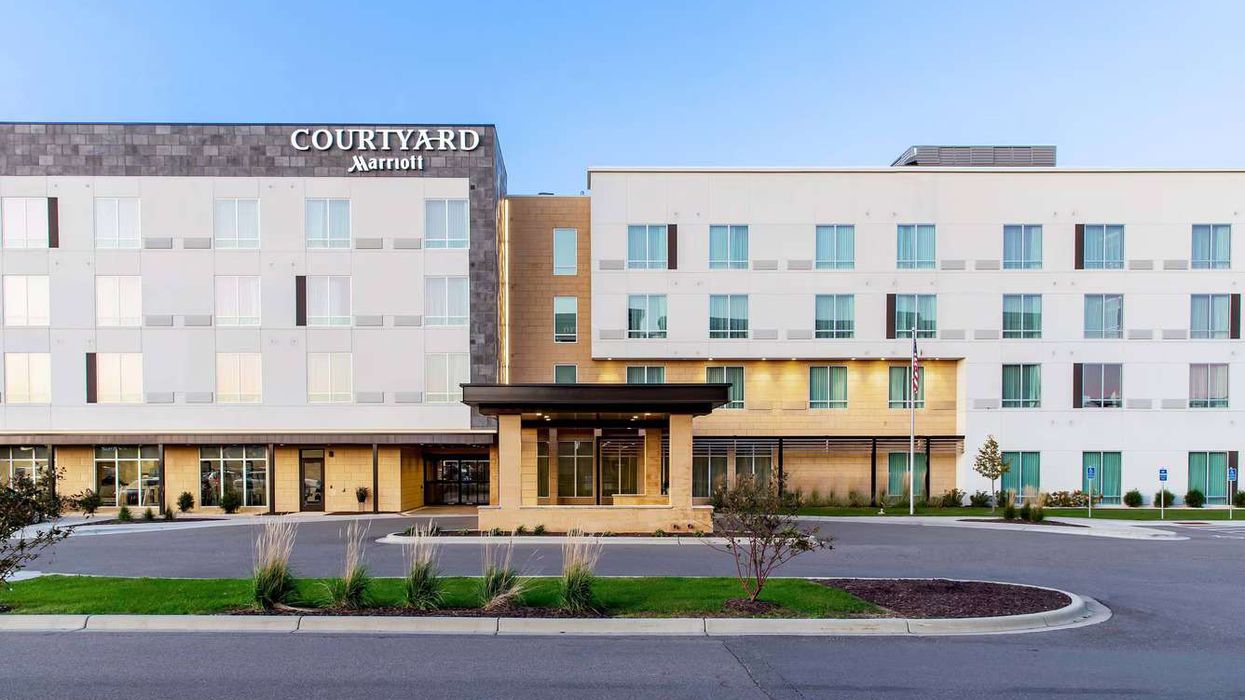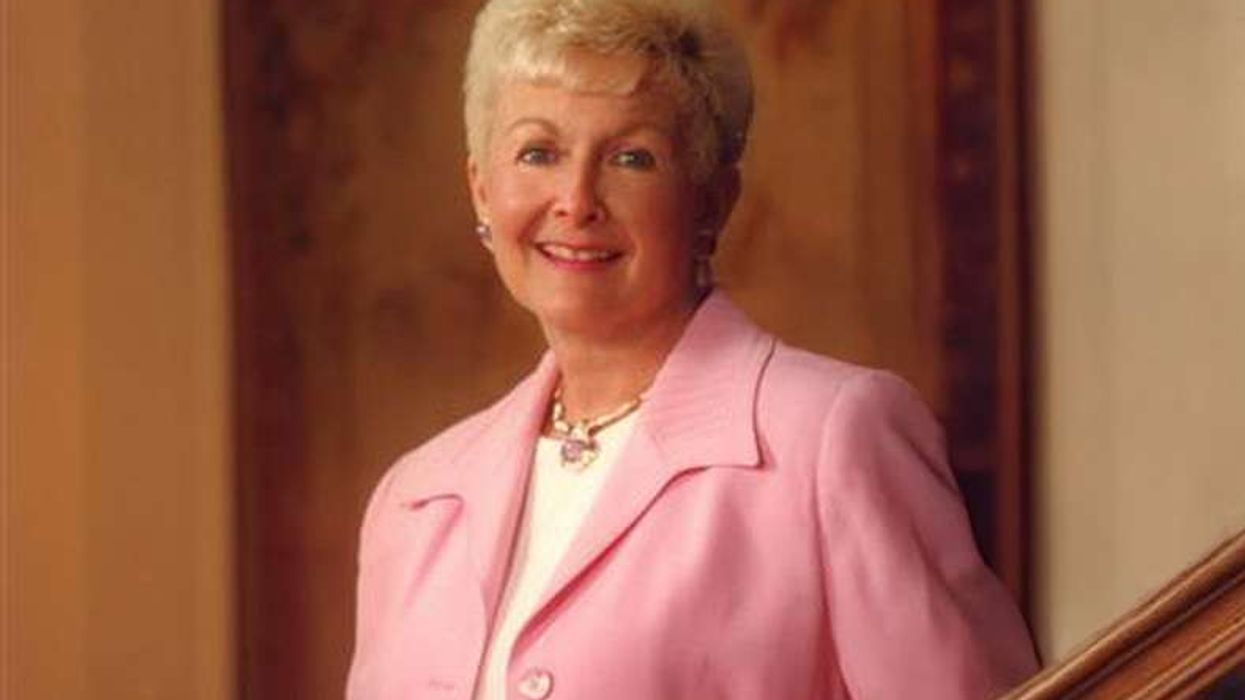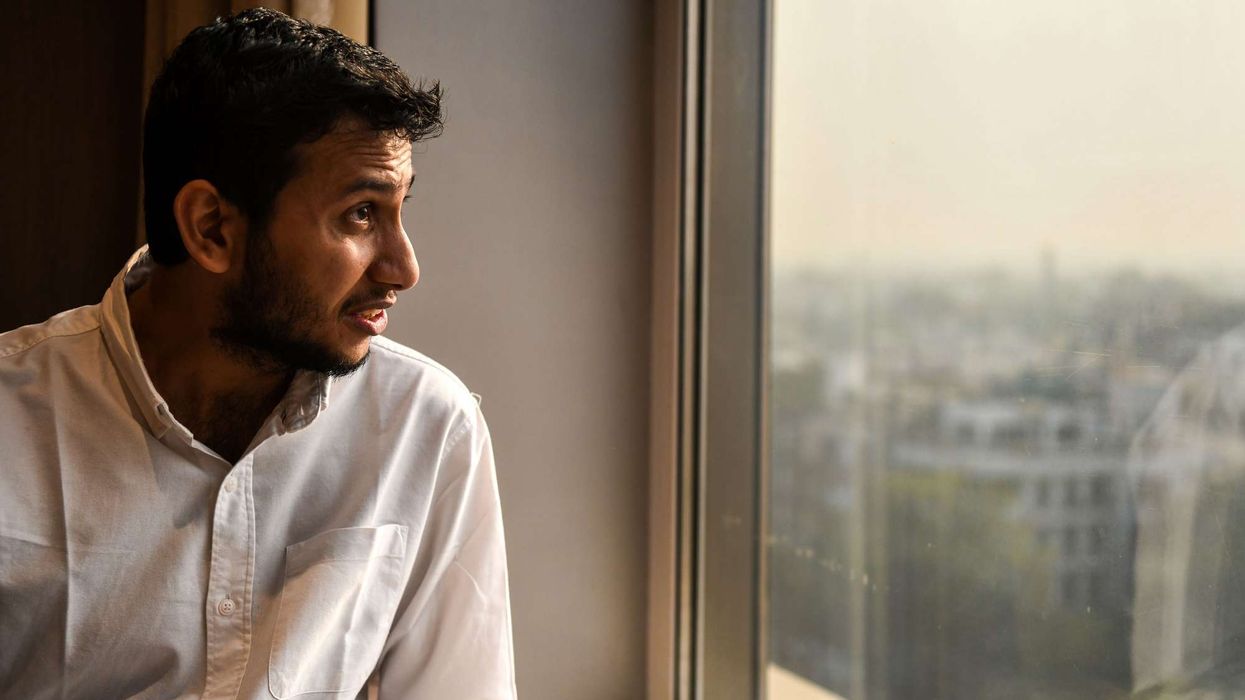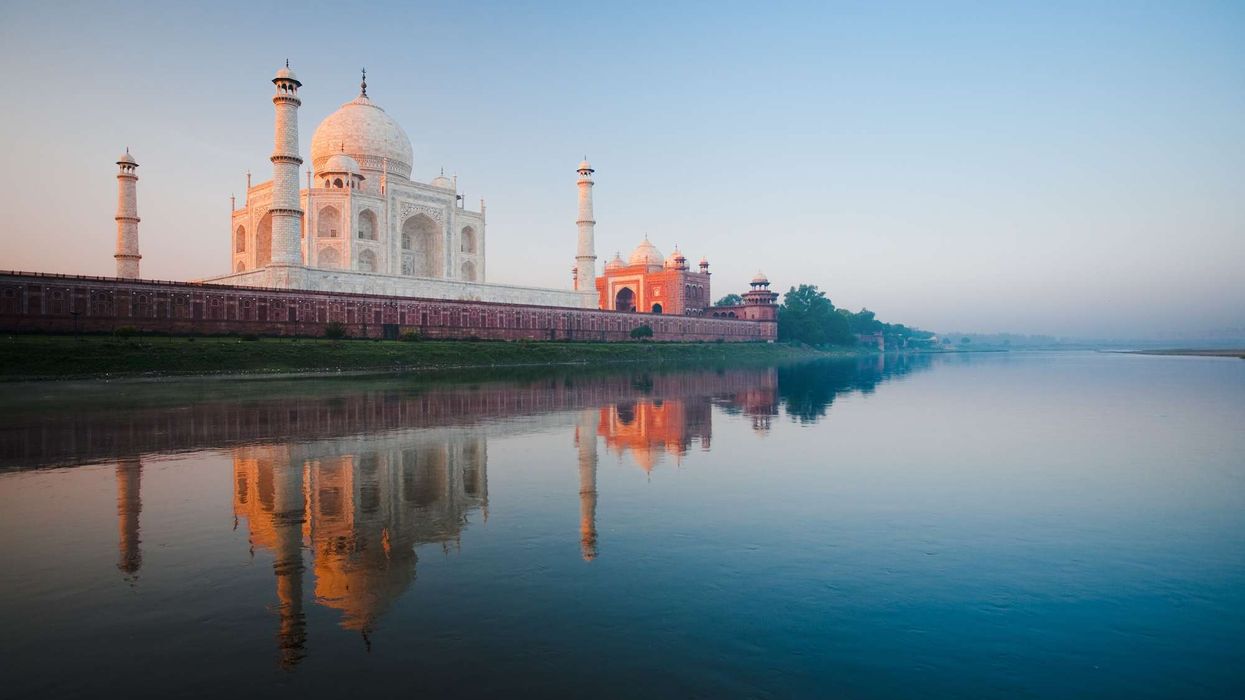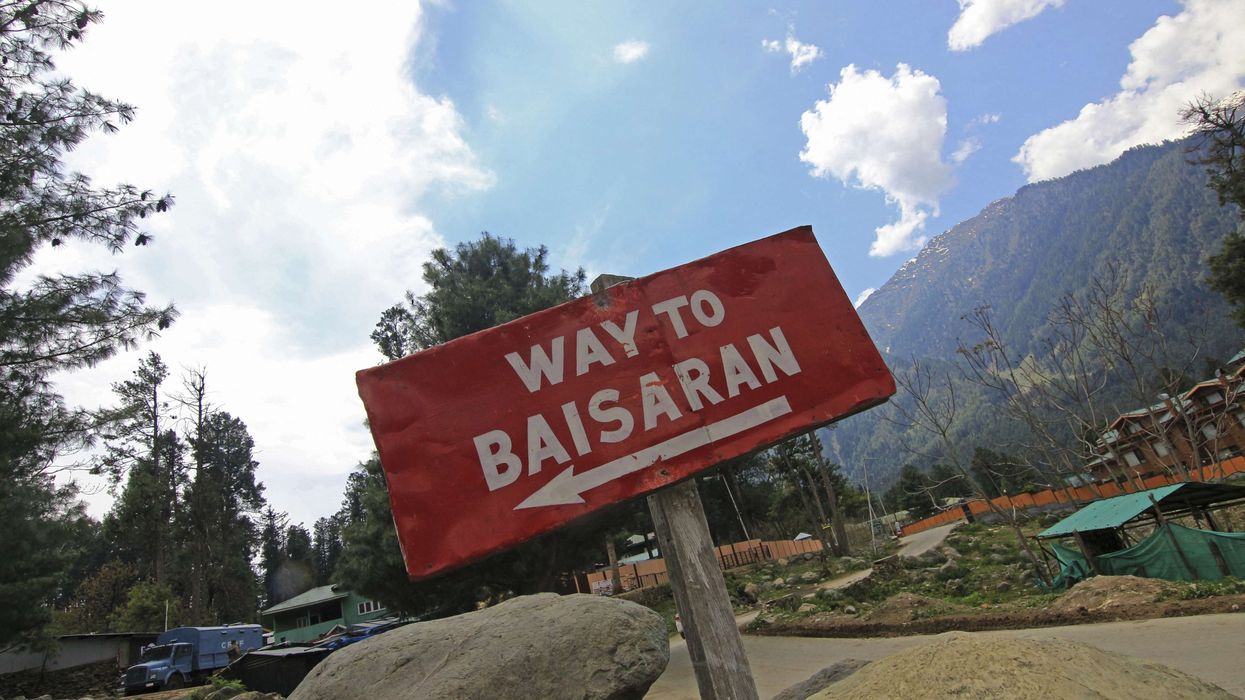THE U.S. TRAVEL ASSOCIATION wants the federal government to replace pandemic-era restrictions with endemic-focused policies to enable full and free travel. That was one of several subjects Roger Dow, USTA’s outgoing president and CEO, discussed at the Hunter Hotel Conference in Atlanta in March.
In a letter to incoming White House COVID-19 Response Coordinator Ashish Jha, USTA asked to immediately remove the pre-departure testing requirement for all fully vaccinated inbound international arrivals.
"Despite declining hospitalizations and infections, increased vaccination rates and immunity, and a more robust public health infrastructure to manage the virus, the vast majority of pandemic-driven federal travel policies are still in place,” the letter said. “While the public health benefits of these policies have now greatly diminished, the economic consequences continue to grow,"
The association recommended repealing the federal mask mandate for public transportation by April 18. Dow spelled out why in his keynote address at Hunter, saying the government has postponed the decision long enough.
“They kicked the can down the road a month. They were supposed to take a look at masks on March 18, they kicked it down the road to April 18,” Dow said. “I'm hopeful we'll see some action. We've asked to get the masks off. If you look at airlines, they had 6000 passenger incidents last year, they usually have about 200, where they take a passenger off the plane.”
Dow also said the U.S. needs to take other steps to encourage international travel.
“Number one, we have got to get rid of the pre-departure testing,” he said. “In other words, if you're from the U.S., you've got to 24 hours before you get on that plane get a negative test for COVID. Well, that's inhibiting travel like crazy, because people are saying, I'm on a Friday, I get my test, and I'm flying on Saturday, if I test positive, am I going to lose my flight, and I could lose my hotel reservation, all that. So, it's a major inhibitor.”
Dow said other countries, such as the United Kingdom, Greece and the European Union have eliminated the tests. Despite seeing around 600 million people flying on planes last year, he said there have been no incidences of COVID from someone being on a plane.
“You're a lot safer being on a plane than you're at the grocery store,” he said.
Other suggestions from USTA to restore travel include ending “avoid travel” advisories and the use of travel bans, work with other countries to normalize travel conditions and entry requirements and send a clear message to the American public and the world that it is safe to travel again, particularly for vaccinated individuals.
Recommendations from the Centers for Disease Control and Prevention has been “schizophrenic.”
“You never know where they're going. But the bottom line, we've got to get them to stop saying there's a travel ban, that it's not safe to travel,” Dow said. “We're pushing very hard on that.”
On other matters
Dow, who plans to step down from his position at USTA in July, told his audience at Hunter the travel and hotel business is recovering from the pandemic.
“We're probably standing about 78 percent of 2019 levels, but very uneven. Where's that all coming from? Leisure. Domestic leisure is as strong as can be. Unbelievable, if you own hotels and resort areas, beach areas, outdoor mountain areas you're doing phenomenally well. ADR’s through the roof,” Dow said. “It's amazing, but sluggish. As we all know, as business travel is probably 44 percent of 2019 levels and we have two or three enemies when it comes to business travel. One is the corporate CFO, the corporate CFO is saying their corporate table, ‘Hey, look, the last two years we've had no one traveling and look at the money we've made, look at our profits, do we really need all those people traveling?”
Inflation is another “enemy” of the industry, he said. For hotels to face that challenge, Dow said, they will need help from the large hotel brands as well as the government, with changes to brand standards regarding equipment and furniture purchases.
“When you look at where inflation is going, it's also bringing with it the difficulty that so many of you have as developers of getting products, getting approvals,” Dow said. “The cost of a new build right now going up with all these challenges, gas and energy, looking at what the fuel bills, what the costs are going to be are a huge challenge with us. And now, of course, is the disaster in Ukraine with Russia. We just did some research and 63 percent are saying that the gas prices are going to have them changing the way they're going to travel.”
The industry has had some wins over the past year, Dow said, including an extra $250 million in funding for Brand USA, a destination marketing organization that promotes travel to the U.S., in the $1.5 trillion federal spending bill passed in March. USTA also is optimistic about the inclusion in the bipartisan infrastructure spending bill of $5 billion available to states over the next five years to help build out their electric vehicle charging networks.
“We’ve really been kicking the can down the road, talking and talking about it, now we're finally going to do something about it,” Dow said. “It’s really interesting, watching this electric vehicle trend and what that's going to mean to a property with charging stations or a property with a charging station on the highway and how it's going to work out.”
The path forward
USTA in its letter to Jha also urged to develop benchmarks and timelines for a pathway to the new normal by June 1. It suggested implementing effective, risk-based policies at any time if new variants of concern emerge or the public health situation deteriorates.
According to USTA, business travel spending in 2021 was down 56 percent when compared to two years ago and international travel spending was 78 percent below 2019 levels. However, Dow remained optimistic.
“We're going to see it come back. I see travel as a coiled spring. I see we push this thing so tight, that people want to get out and leisure is showing that I mean, what people are spending on leisure travel and what they're doing, they're just getting out like crazy. And same thing’s going to come back with business travel.”
Dow pointed to a recent survey in which 90 percent of Americans said they plan on traveling over the next six months.
“America is ready to move and move for business, so I see it coming back very strong,” he said. “And I think together we're going to write the next chapter of this industry.”
